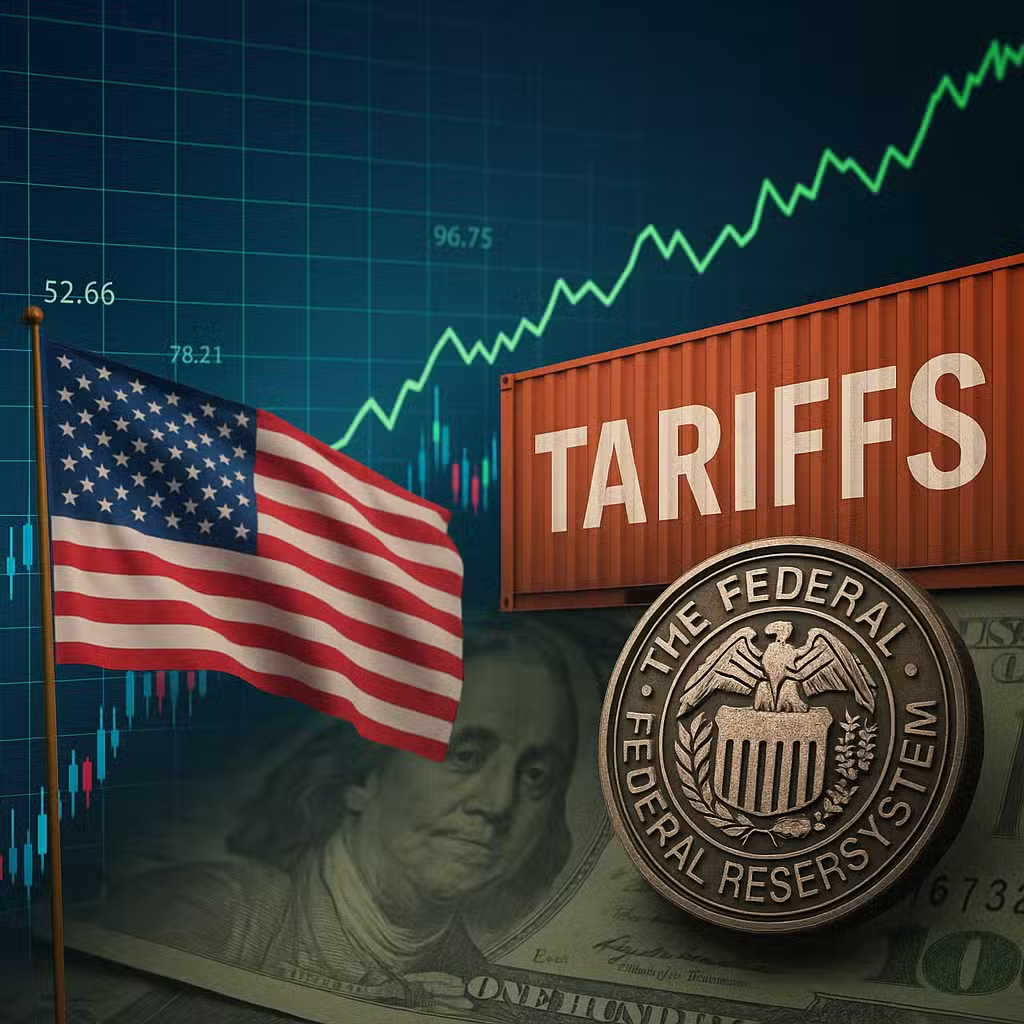Federal Reserve Rate Cut: What Investors Should Know About Market and Portfolio Impact
Imagine the economy like a big swimming pool. When the Federal Reserve adds more water by lowering rates, it gets easier for everyone to swim—but not every swimmer feels the same boost. That’s why when the Fed cuts interest rates, it matters for all of us, especially investors.
Why Investors Should Care
Interest rate cuts by the Federal Reserve can shift the whole market. Lower rates usually mean cheaper borrowing for businesses and people, which can boost spending, help certain stocks, and affect your portfolio. But just like a pool, some areas get deeper or shallower faster than others.
The Bull Case: How Rate Cuts Can Help
- Cheaper borrowing: Businesses and consumers can get loans at lower rates, which may lead to more spending and growth.
- Stock market boost: Lower rates often make stocks more attractive compared to bonds, leading to higher stock prices. Historically, after the Fed cut rates in 2019, the S&P 500 rose about 10% in the following six months (CNBC).
- Consumer relief: People with adjustable-rate loans or credit card debt may see their interest payments go down a bit, freeing up money for other things.
The Bear Case: Why Rate Cuts Don’t Help Everyone
- Not all rates drop equally: The Fed doesn’t control every interest rate. Some, like 30-year mortgages, are more tied to the bond market and inflation, not just the Fed.
- Credit cards stay pricey: Even with cuts, credit card rates remain high. According to Bankrate, nearly half of American households carry credit card debt, paying more than 20% in interest on average (Bankrate).
- Small savings for borrowers: Dropping the interest rate by a quarter-point on $7,000 of credit card debt saves only about $61 over the loan’s lifetime if you pay $250 a month.
- Car and home loans see little change: Auto loans are usually fixed, so current buyers won’t notice much. Mortgage rates could inch down if investors expect more cuts, but big drops are unlikely soon.
What the Fed’s Move Means for Your Portfolio
The Fed’s latest rate cut would bring the federal funds rate to between 3.75% and 4.00%. That’s the rate banks use when lending to each other overnight, but it trickles down to things like credit cards, home equity lines, and some business loans.
Short-term rates, like those on credit cards and home equity lines of credit (HELOCs), tend to follow the Fed’s moves closely. If you have a variable-rate loan, you might see a small drop in what you owe soon. But longer-term loans, like 30-year mortgages, are more influenced by things like Treasury yields and inflation. They might not budge much unless the market expects even more cuts.
Presidents and politicians sometimes push for even lower rates, but the Fed doesn’t always follow. And after this December, it’s unclear if rates will keep falling.
Pros and Cons for Different Sectors
- Banks: May see smaller profits from lending if rates drop, but more people might borrow.
- Consumer stocks: Retailers and companies selling big-ticket items (like cars or appliances) could benefit if shoppers find it cheaper to borrow.
- Real estate: Home sales might pick up if buyers expect lower mortgage rates, especially for adjustable-rate mortgages (ARMs) and HELOCs.
- Bonds: Lower rates can mean lower yields for new bonds, but existing bonds may rise in value.
What History Tells Us
Looking back, when the Fed cut rates in 2008 during the financial crisis, it helped stabilize the markets, but recovery took time. In contrast, rate cuts in 2019 gave the stock market a quick boost. A Federal Reserve study found that lower rates generally help the economy, but the effects can be uneven and take months to ripple through.
Investor Takeaway
- Don’t expect instant results. Rate cuts can help, but changes to your loan rates or portfolio may take time.
- Watch sectors that benefit most. Consumer, housing, and growth stocks usually respond well to lower rates.
- Consider refinancing variable-rate debt. If you have a HELOC, ARM, or credit card debt, now might be a good time to shop for better rates.
- Stay balanced. While lower rates can boost stocks, they can also signal economic concerns. Keep your portfolio diversified.
- Follow the Fed’s signals. Future moves are uncertain, so watch for updates and be ready to adjust your strategy.
For the full original report, see CNBC







